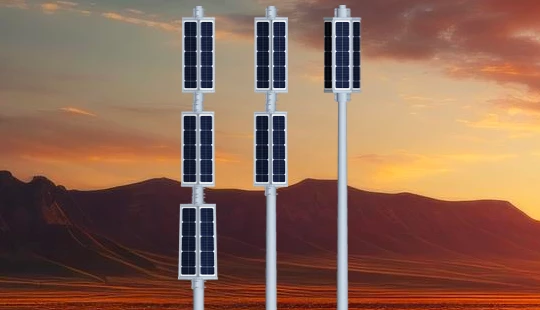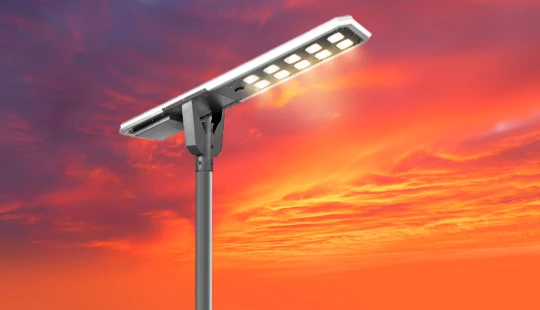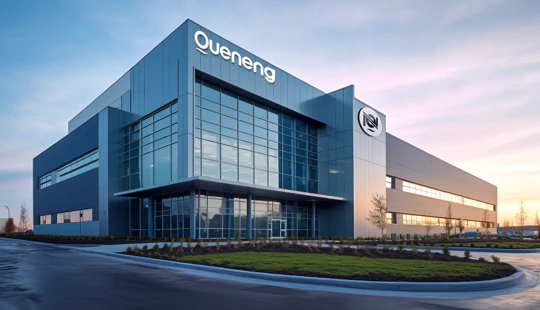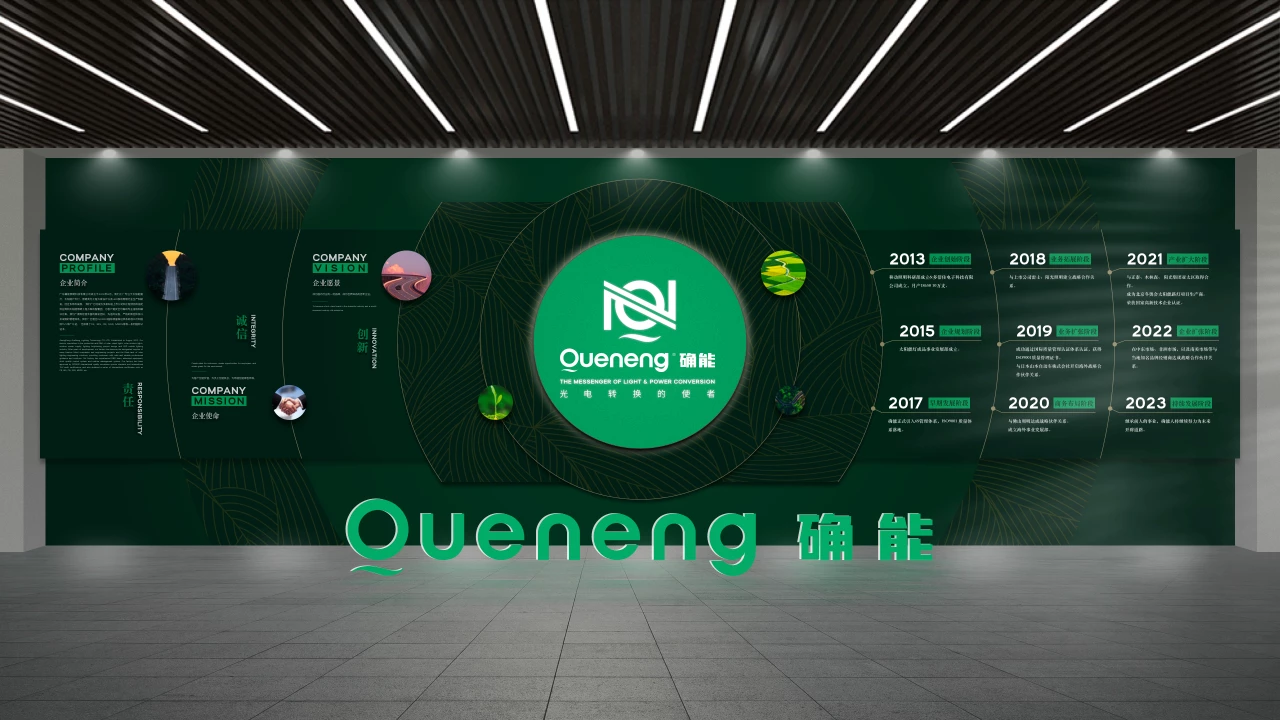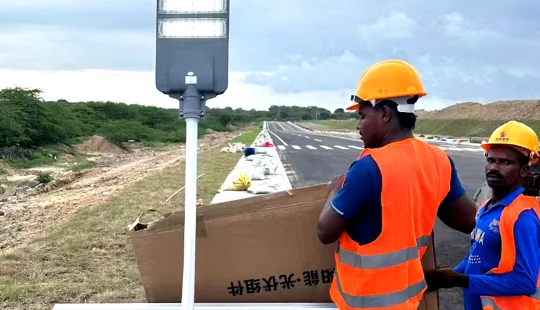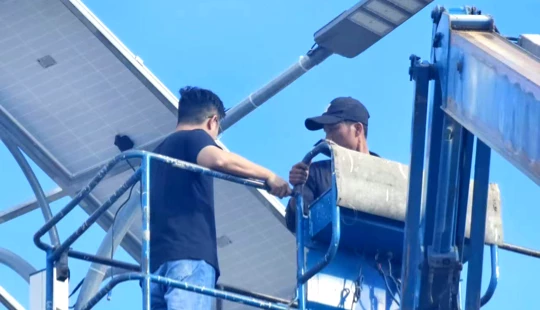solar lighting in Africa | Quenenglighting Expert Guide
Navigating Solar Lighting Procurement in Africa: Expert Insights for Sustainable Solutions
Africa's vast potential for solar energy makes solar lighting an increasingly viable and crucial solution for both urban and rural development, industrial operations, and commercial facilities. With significant portions of the continent still lacking reliable grid access, solar lighting offers an independent, sustainable, and cost-effective alternative. For procurement professionals, understanding the unique landscape, challenges, and opportunities of deploying solar lighting in Africa is paramount to ensuring successful, long-term investments. This guide addresses key considerations for acquiring robust and efficient solar lighting systems tailored for the African context.
What are the Key Benefits of Adopting Solar Lighting Solutions in Africa, Especially for Industrial/Commercial Use?
The adoption of solar lighting in Africa offers multifaceted benefits that extend beyond mere illumination. For industrial and commercial sectors, these include significant operational cost savings by eliminating reliance on expensive and often unreliable grid electricity or diesel generators. Solar solutions reduce carbon footprints, aligning with global sustainability goals. They provide energy independence, mitigating the impact of power outages and grid instability, which are common in many African regions. Enhanced safety and security in commercial premises, mining sites, and public spaces are also critical, as consistent lighting reduces crime and accidents. Furthermore, reliable lighting can extend operational hours for businesses and industries, boosting productivity and economic activity. According to the International Renewable Energy Agency (IRENA), renewable energy, primarily solar, is central to meeting Africa's growing energy demand sustainably.
What are the Main Challenges and Considerations When Deploying Solar Lighting in African Contexts?
Despite the immense potential, deploying solar lighting in Africa comes with specific challenges. Harsh environmental conditions, including high temperatures, dust, and intense UV radiation, demand highly durable and robust equipment. Theft and vandalism are concerns, necessitating anti-theft designs and secure installation practices. Logistical complexities, such as poor infrastructure and remote locations, can increase transportation costs and delays. The availability of skilled local personnel for installation, maintenance, and repairs can also be limited, making comprehensive after-sales support and training vital. Moreover, the market can be inundated with low-quality, uncertified products, making careful supplier vetting crucial. A 2021 report by the African Energy Portal highlighted that despite progress, ensuring sustainable operations and maintenance remains a key challenge for off-grid solutions.
What Types of Solar Lighting Systems are Most Suitable for Various Applications in Africa?
The suitability of solar lighting systems varies based on the application. For street lighting and public spaces, integrated solar street lights with all-in-one designs are popular due to their ease of installation and reduced wiring needs. For large industrial complexes, warehouses, or mining sites, powerful solar floodlights or modular systems that can be customized for higher luminosity and longer operational hours are often preferred. Solar Home Systems (SHS) are ideal for providing basic lighting and charging capabilities for staff housing or small remote offices. In some instances, larger decentralized mini-grids incorporating solar can power entire industrial parks or commercial hubs, providing not just lighting but also other energy needs. The choice depends on specific lumen requirements, operational hours, and the overall energy ecosystem of the site.
How to Assess the Quality and Reliability of Solar Lighting Products for Long-Term Performance?
Ensuring the quality and reliability of solar lighting products is paramount for long-term performance and return on investment. Key aspects to consider include product certifications such as Lighting Global Quality Standards (supported by the World Bank Group), which verify the performance, durability, and truthfulness of claims for off-grid lighting products. Evaluate the battery technology; Lithium Iron Phosphate (LiFePO4) batteries are generally preferred over lead-acid due to their longer cycle life, higher efficiency, and better performance in varying temperatures. Assess the efficiency and quality of solar panels (e.g., monocrystalline for higher efficiency), the intelligence of the charge controller (MPPT is superior), and the IP (Ingress Protection) rating for dust and water resistance. Robust construction materials (e.g., aluminum alloy housings) and a comprehensive warranty from a reputable manufacturer are also critical indicators of quality.
What are the Cost Implications and Financing Options for Large-Scale Solar Lighting Projects in Africa?
While the upfront cost of solar lighting can be higher than conventional grid-connected solutions, the long-term operational savings often make it more economical. The cost of solar PV technology has fallen by over 80% in the last decade, making it increasingly affordable. Procurement professionals should focus on the Levelized Cost of Energy (LCOE) to compare total lifecycle costs. Financing options are diverse and growing, including traditional debt financing from commercial banks, green financing initiatives from development finance institutions (e.g., AfDB, World Bank), and grants for specific developmental projects. Innovative models like Pay-As-You-Go (PAYG) are also emerging for broader access. Partnerships with local energy service companies (ESCOs) or solar integrators can also provide financing solutions or build-operate-transfer models. Understanding these financing mechanisms is crucial for de-risking and enabling large-scale deployments.

Have more questions about our products or services?
The latest hot news you might like

Discover how solar panels power street lights, exploring the technology behind solar energy conversion, storage systems, and how solar-powered street lights are revolutionizing urban and rural lighting solutions.

Learn how AC Solar Hybrid Street Lights work, their advantages, disadvantages, system behavior in low-sunlight conditions, and why hybrid technology is ideal for regions with unstable sunlight.

Municipalities around the world are increasingly adopting solar-powered streetlights as part of their urban development strategies. Rising energy costs, the need for sustainable infrastructure, and government green initiatives are driving cities to switch from traditional street lighting to advanced LED solar streetlights.
Queneng Lighting provides municipalities with cost-effective, energy-efficient, and durable solar lighting solutions, ensuring safe and sustainable public spaces.
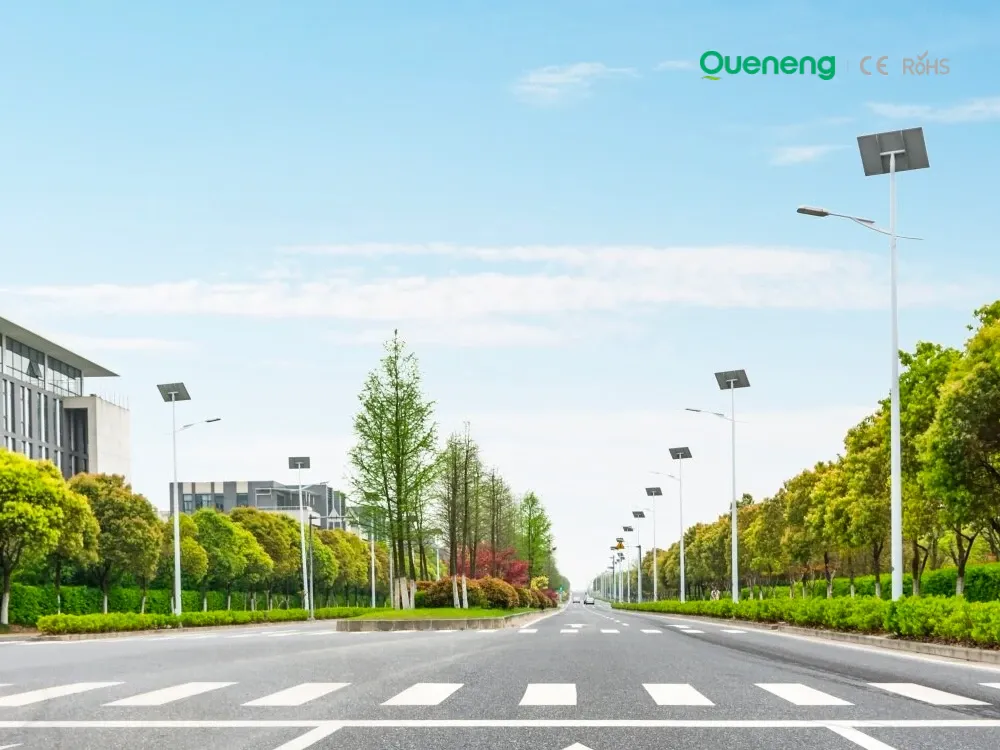
In recent years, the purchase of solar streetlights for municipalities has become a growing trend across the globe. Local governments are under pressure to reduce public expenditure, promote green energy, and create safer communities. Solar streetlights provide a reliable, cost-effective, and sustainable solution that meets these needs. Queneng Lighting, as a leading solar street lighting manufacturer, has supported multiple municipal projects worldwide with customized and energy-efficient solutions.
FAQ
Battery Performance and Testing
What is the standard charging and discharging of nickel metal hydride batteries?
What is charging efficiency?
Battery and Analysis
What are the possible causes of zero or low voltage in a battery pack?
2) The plug is short-circuited, broken, or poorly connected to the plug;
3) The leads are desoldered and soldered to the battery;
4) The internal connection of the battery is incorrect, and there is missing, weak, or desoldering between the connecting piece and the battery;
5) The internal electronic components of the battery are incorrectly connected and damaged.
What are the characteristics of rechargeable portable batteries?
There are rechargeable portable batteries in different electrochemical types, such as lead-acid type (2V/unit), nickel-cadmium type (1.2V/unit), nickel-hydrogen type (1.2V/unit), lithium-ion battery (3.6V/unit) ), the typical characteristic of these types of batteries is that they have a relatively constant discharge voltage (there is a voltage platform during discharge), and the voltage decays quickly at the beginning and end of discharge.
Tourist Attractions and Resorts
Are solar lighting systems easy to install in remote areas without grid access?
Yes, solar lighting systems are ideal for remote locations where grid access is unavailable or difficult. They are self-sustaining and do not require external power sources, making them a perfect solution for isolated resorts or tourist attractions.
Solar Street Light Luqing
Are solar street lights easy to install?
Yes, solar street lights are easy to install. They do not require external wiring or connections to the electrical grid. The installation process is straightforward and typically involves mounting the light pole, positioning the solar panel, and securing the battery and lighting unit.


Queneng's Luzhou Solar Street Light provides sustainable, energy-efficient outdoor LED lighting. Powered by solar energy, it's a cost-effective and eco-friendly solution for illuminating streets and pathways. A reliable and durable LED solar street light.

Queneng’s Solar Street Lights are designed to provide reliable, energy-efficient lighting for streets, parks, and other outdoor spaces.

Experience reliable outdoor illumination with our smart solar street light, a perfect combination of advanced technology and eco-conscious design.

Queneng's Luqiu Innovative Solar Street Light offers energy-saving, durable outdoor lighting. This solar power street light provides a reliable and eco-friendly solution for illuminating your streets and pathways.

Queneng's Luxian Reliable Solar Street Light offers energy-saving LED lighting for outdoor use. This durable, solar-powered street light provides reliable illumination, reducing energy costs and environmental impact. A perfect solution for sustainable outdoor lighting.
If you would like more information about Queneng solar lighting solutions, please send us a message by filling out the form below. Our professional team will get back to you within 24 hours!
Rest assured that your privacy is important to us, and all information provided will be handled with the utmost confidentiality.
Schedule a Meeting

Book a date and time that is convenient for you and conduct the session in advance.
Have more questions about our products or services?

